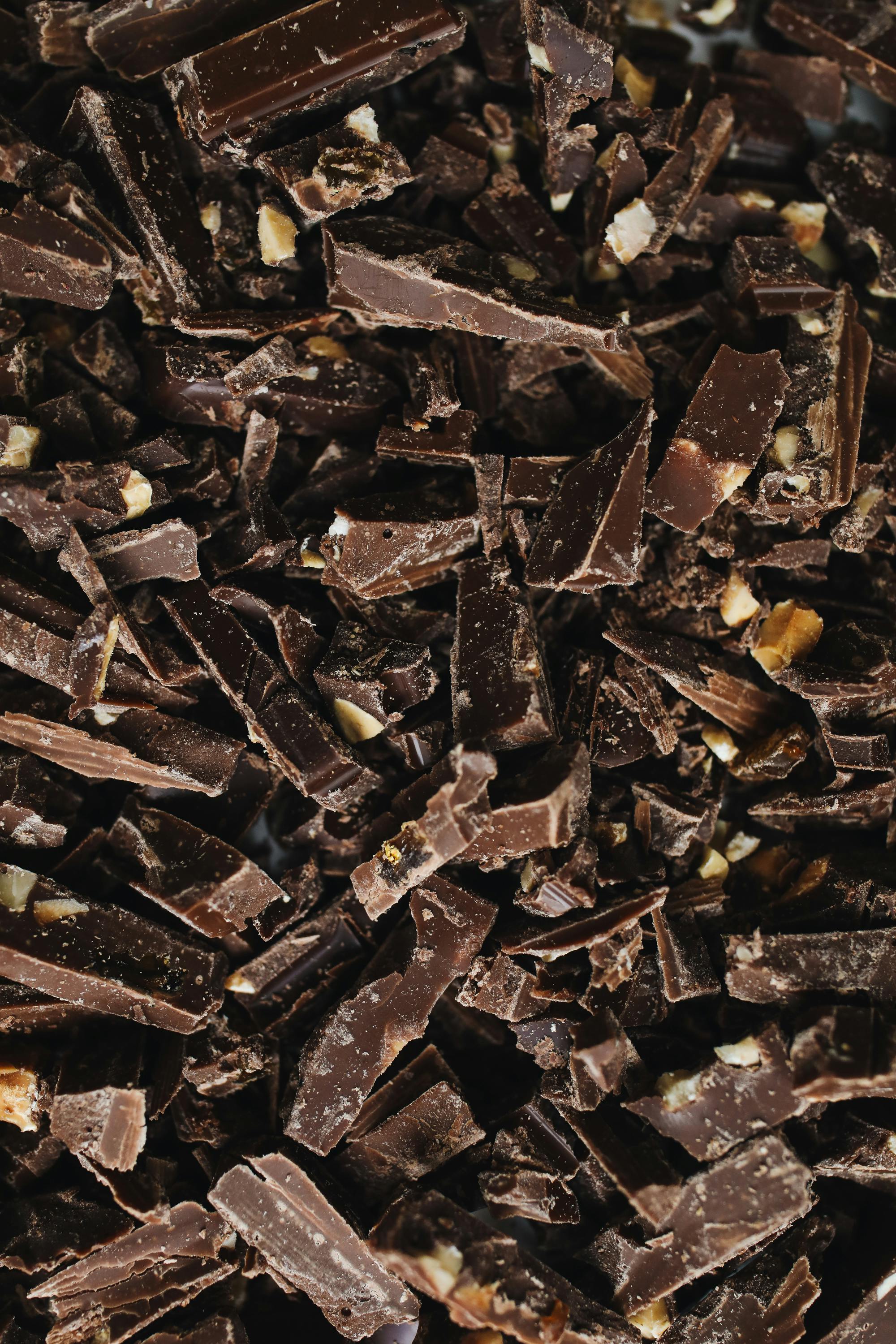Staubläuse Bisse: Understanding Their Impact and Effective Management
What Are Staubläuse?
Staubläuse, commonly known as “dust lice,” are small, wingless insects that can be found in various environments. Although their name suggests a nuisance, these creatures are not actually lice and do not live on animals or humans. Instead, Staubläuse are often found in damp areas of homes, especially in basements, bathrooms, and near houseplants. Their presence can indicate high humidity levels, which may contribute to mold growth. Understanding *Staubläuse bisse* is essential for effective management and maintenance in your living spaces.
Characteristics of Staubläuse
Staubläuse typically measure around 1 to 2 millimeters in length, with a soft-bodied structure that resembles tiny aphids. Their colors range from white to gray or light green, which helps them blend into their surroundings. They thrive in warm, humid environments and feed on organic materials like mold and decaying plant matter. This feeding habit can sometimes lead to damage in your home, particularly if there is excessive mold growth. For effective management, keep an eye on moisture levels and regularly inspect areas where Staubläuse may infest.

Life Cycle and Behavior
The life cycle of *Staubläuse bisse* consists of several stages: egg, nymph, and adult. Adult females can lay numerous eggs, which hatch into nymphs that resemble smaller versions of the adults. These nymphs grow and undergo a series of molts before reaching adulthood. They are known for their quick reproduction rate, making it crucial for homeowners to identify and manage infestations early. They are generally most active during warm months, and their populations can increase rapidly if not controlled.

Identifying Staubläuse Bisse Infestations
Identifying a *Staubläuse bisse* infestation is the first step toward effective management. Observing the signs of their presence can help you take quick action to mitigate damage. Regularly inspecting areas prone to moisture can help catch infestations before they spread.
Signs of Infestation
Common signs of Staubläuse infestations include the appearance of small, white insects crawling on surfaces, particularly in damp, shaded areas. In addition, you may notice mold growth, which serves as their primary food source. If you see a significant buildup of these insects, it is crucial to take action immediately to prevent further infestations. Regularly cleaning and checking plants for these pests can help maintain a mold-free environment.
Tools for Detection
There are various tools and methods available for detecting *Staubläuse bisse*. Homeowners may use sticky traps, which can help monitor the presence of these pests. Additionally, magnifying glasses or magnifying apps on smartphones can aid in identifying their physical characteristics. Keeping a close watch on humidity levels in your home can assist in preventing conditions that favor Staubläuse survival. A hygrometer can be a useful tool in this regard.
Effective Management Techniques
Managing *Staubläuse bisse* infestations involves a combination of drying out habitats, cleaning, and potentially using insecticides when necessary. Implementing preventive measures can significantly reduce the odds of infestation and the associated damages.
Environment Control
Since humidity plays a significant role in the proliferation of Staubläuse, controlling moisture levels is crucial. Consider using dehumidifiers in areas prone to dampness, such as basements and bathrooms. Ensure proper ventilation to reduce humidity, and repair any leaks in pipes or structures to eliminate moisture sources. Additionally, maintaining dry conditions around indoor plants can thwart Staubläuse infestations.
Cleaning & Maintenance
Regular cleaning practices can help eliminate Staubläuse habitats. Vacuum frequently, especially in corners and beneath furniture where moisture might accumulate. Employing mold removal techniques on affected surfaces is also essential for managing these pests. Moreover, creating a routine cleaning schedule for indoor plants can help maintain their health and prevent insect buildup.
When to Seek Professional Help
If your efforts to manage *Staubläuse bisse* are ineffective, it may be time to consult a pest control professional. In some cases, infestations can become extensive and challenging to handle on your own. Professionals can provide tailored solutions based on the specific infestation and environment.
Signs You Need Expert Help
Signs that you may need to seek professional assistance include recurring infestations despite implementing preventive measures, the presence of larger pest populations, or visible damage from Staubläuse. A professional can evaluate the situation, identify potential issues contributing to infestations, and recommend effective treatment plans to eradicate the insects.
Choosing a Pest Control Service
When selecting a pest control service for *Staubläuse bisse*, it’s essential to choose a reputable company that specializes in pest management. Look for professionals with experience in treating indoor pests, and consider reading customer reviews to gauge their effectiveness. Obtaining estimates from different companies can also aid in finding the right fit for your pest control needs.
Key Takeaways
- Staubläuse are small, wingless insects that thrive in humid environments.
- Regular cleaning and humidity control can prevent infestations.
- Identifying signs of infestation early is crucial for effective management.
- Professional pest control services can address extensive infestations.
- Maintaining dry conditions and routine maintenance is key to keeping your home pest-free.
FAQ
1. What damage can Staubläuse cause in a home?
While Staubläuse primarily feed on mold and decaying plant matter, their presence can indicate an underlying moisture issue, which may lead to mold growth and structural damage. By maintaining dry conditions and managing infestations early, you can mitigate potential damage.
2. Are Staubläuse harmful to pets or humans?
Staubläuse are not harmful to pets or humans as they do not bite or live on these creatures. However, a significant infestation can lead to allergic reactions in some individuals, particularly if mold is present. Maintaining a pest-free environment is essential for overall health.
3. How can I prevent Staubläuse from entering my home?
Preventing *Staubläuse bisse* involves controlling moisture levels, improving ventilation, and maintaining cleanliness around your home. Regularly inspect areas prone to humidity, such as bathrooms and basements, to identify and address potential issues before infestations can occur.
4. Can I use homemade solutions to manage Staubläuse?
Yes, there are various homemade solutions that can help manage Staubläuse, including vinegar sprays or soap solutions. However, it’s essential to use these only as part of a comprehensive approach that includes environmental controls and regular cleaning.
5. What professional treatments are available for Staubläuse?
Professional pest control services employ various methods to manage Staubläuse, including pesticide applications, humidity control recommendations, and thorough inspections to prevent further infestations. They can provide tailored solutions based on your specific situation and environment.
